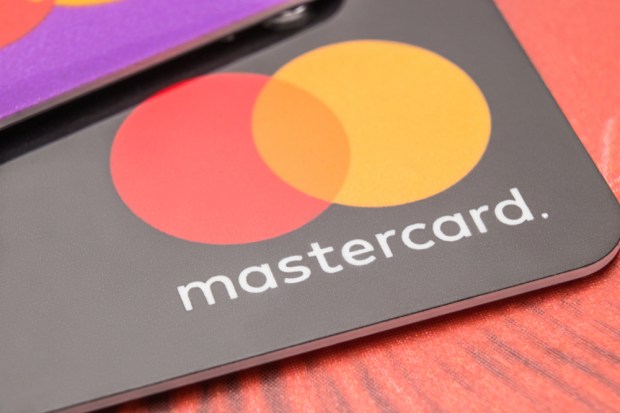Mastercard Eyes Biometric Tech For UK Cards

As the second payment services directive (PSD2) is set to take effect in Europe next year, Mastercard wants to test out its fingerprint-scanning cards in the U.K.
PSD2 sets out the requirements for SCA, an identity verification procedure that leverages multifactor authentication (MFA). SCA pulls in factors such as ownership (i.e., the transaction is coming from a device that is recognized as belonging to the consumer) and inherent traits (biometric identifiers like fingerprints and retinas). In addition, there will be further requirements for contactless payments, including asking the user to enter their PIN (or use their fingerprint) to verify every fifth transaction made on the card.
According to City A.M., Mastercard’s biometric card, which is already under trial in South Africa, combines chip technology with a fingerprint scanner to verify the cardholder’s identity when making purchases in-store or online. A company spokesperson revealed that Mastercard is in talks with all of its banking partners to find out if it can expand its trials to the U.K. While nothing is currently planned, “we’re ready for a pilot and we’d love one” to happen, said the spokesperson.
Though PSD2 is on the horizon, a recent report found that many merchants have yet to even think about how they will respond to the new rules. Some are playing the wait-and-see game; others are gambling with which rules to follow and which to ignore until the consequences of non-compliance become more clear. However, Mastercard has predicted that 1 in 4 online sales will require identity authentication to complete a transaction after the PSD2 regulation goes into effect in 2019, an increase from just 1 to 2 percent of transactions today.
“The use of passwords to authenticate someone is woefully outdated, with consumers forgetting them and retailers facing abandoned shopping baskets,” said Ajay Bhalla, president of global enterprise risk and security at Mastercard. “In payments technology, this is something we’re closing in on as we move from cash to card, password to thumbprint, and beyond to innovative technologies such as artificial intelligence. It’s far easier to authenticate with a thumbprint or a selfie, and it’s safer too.”
